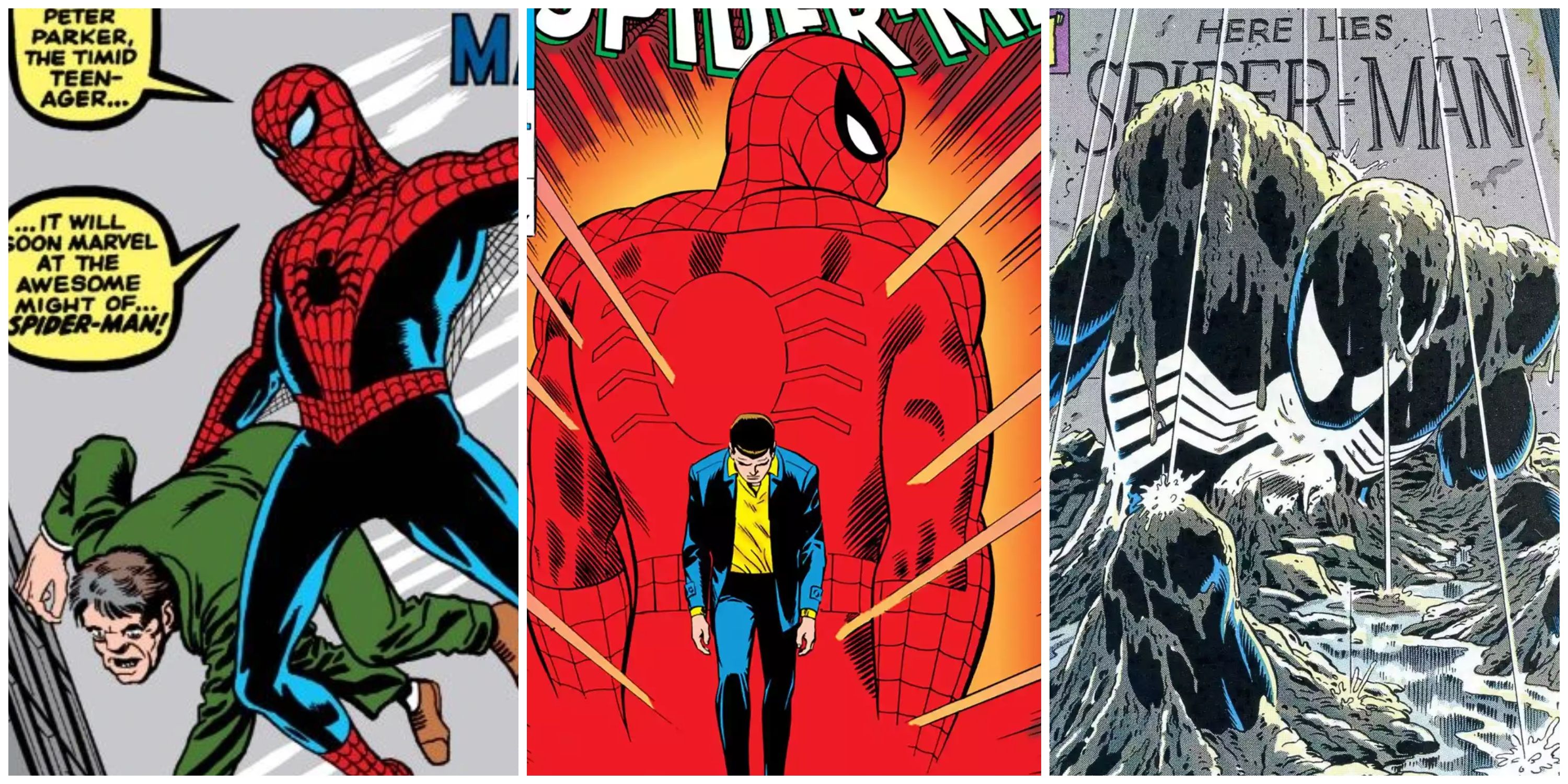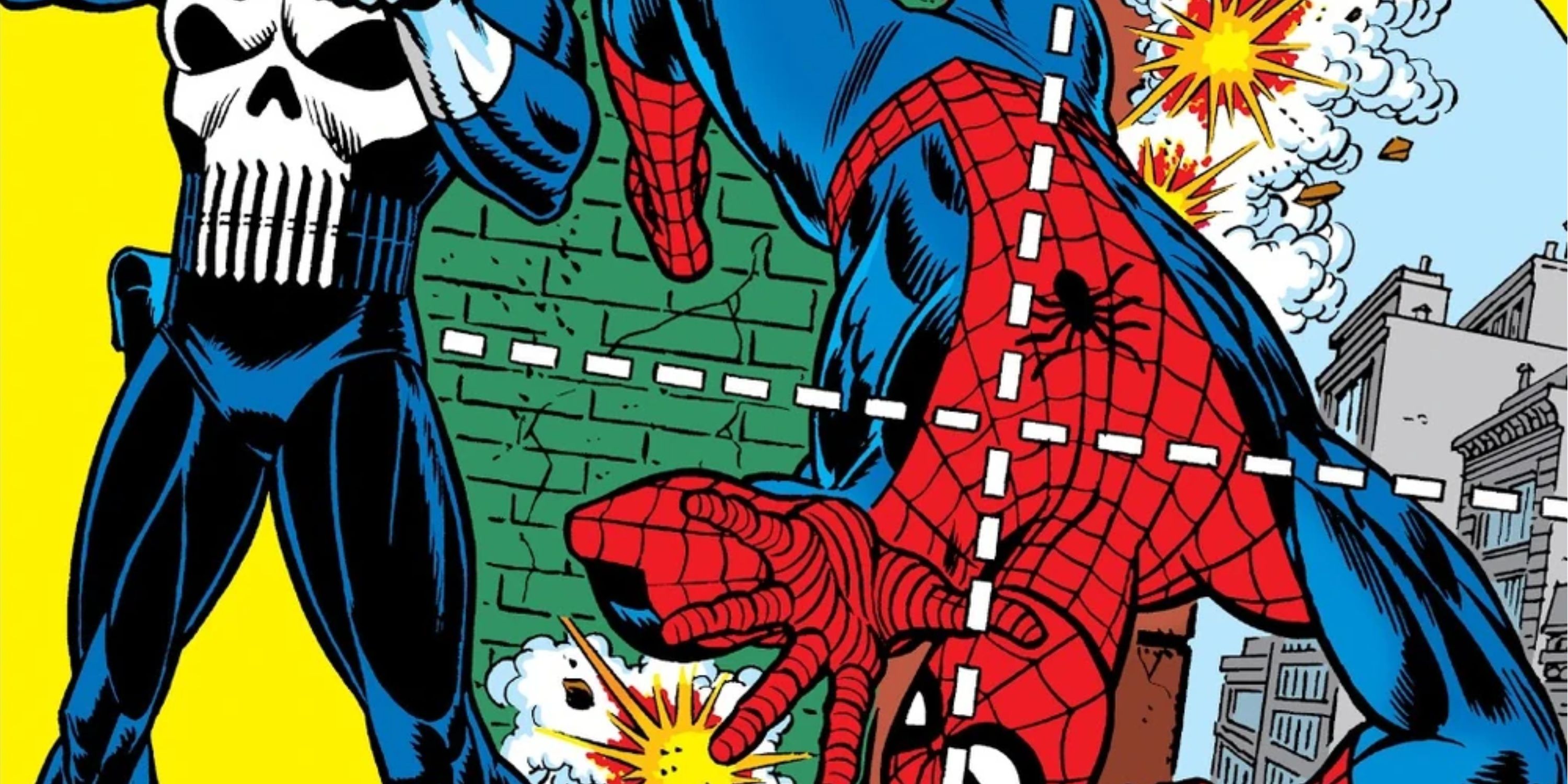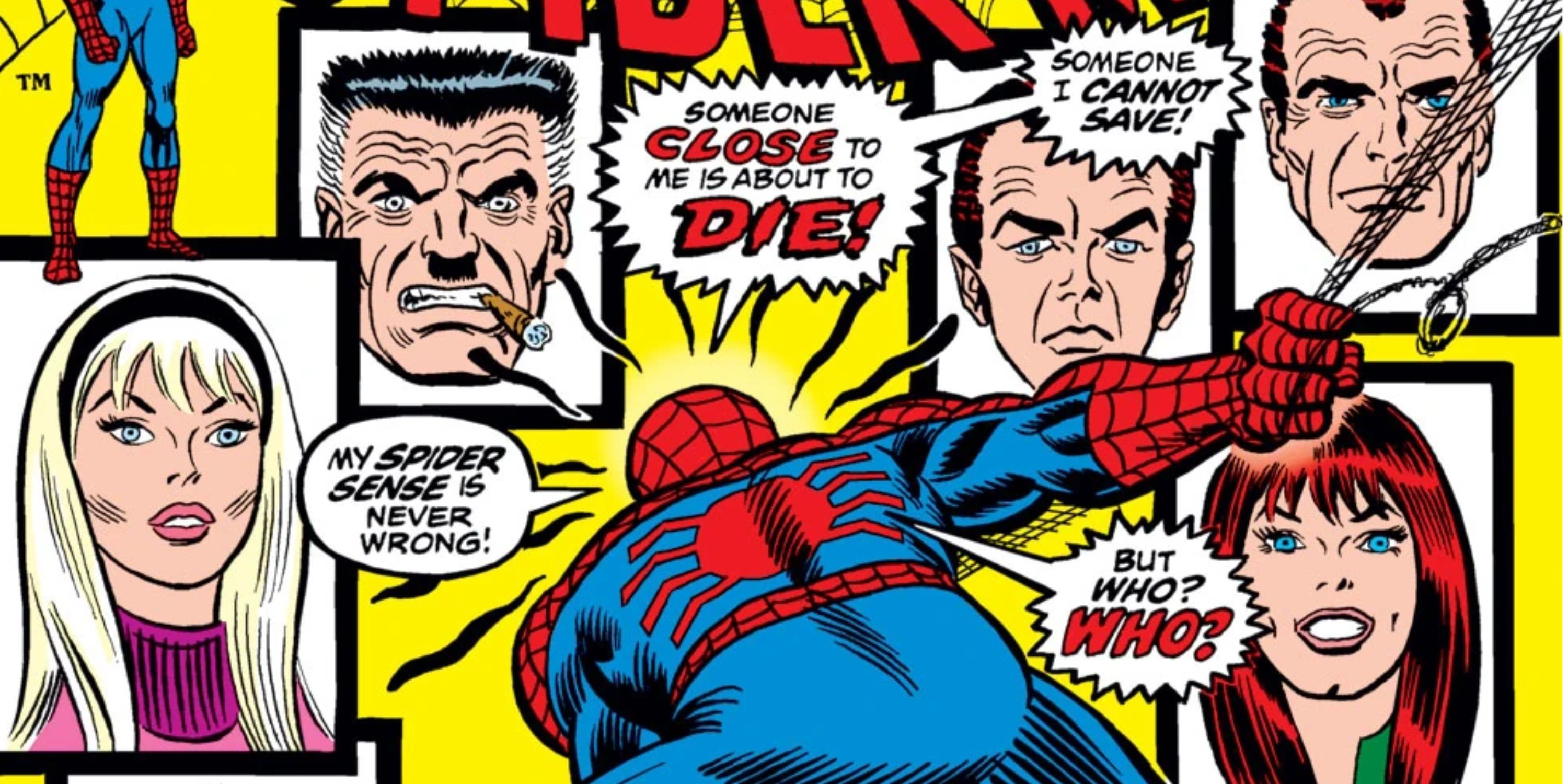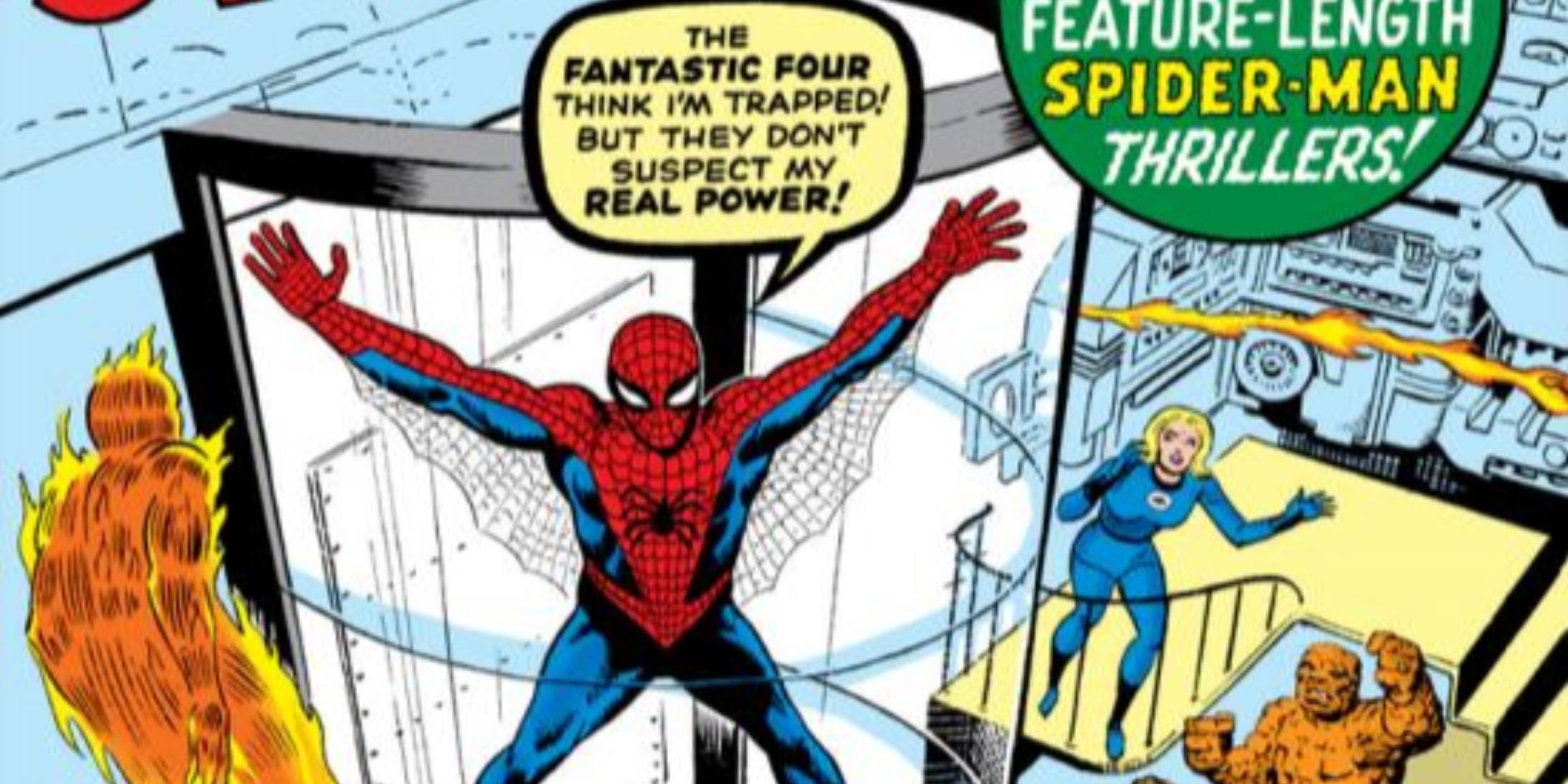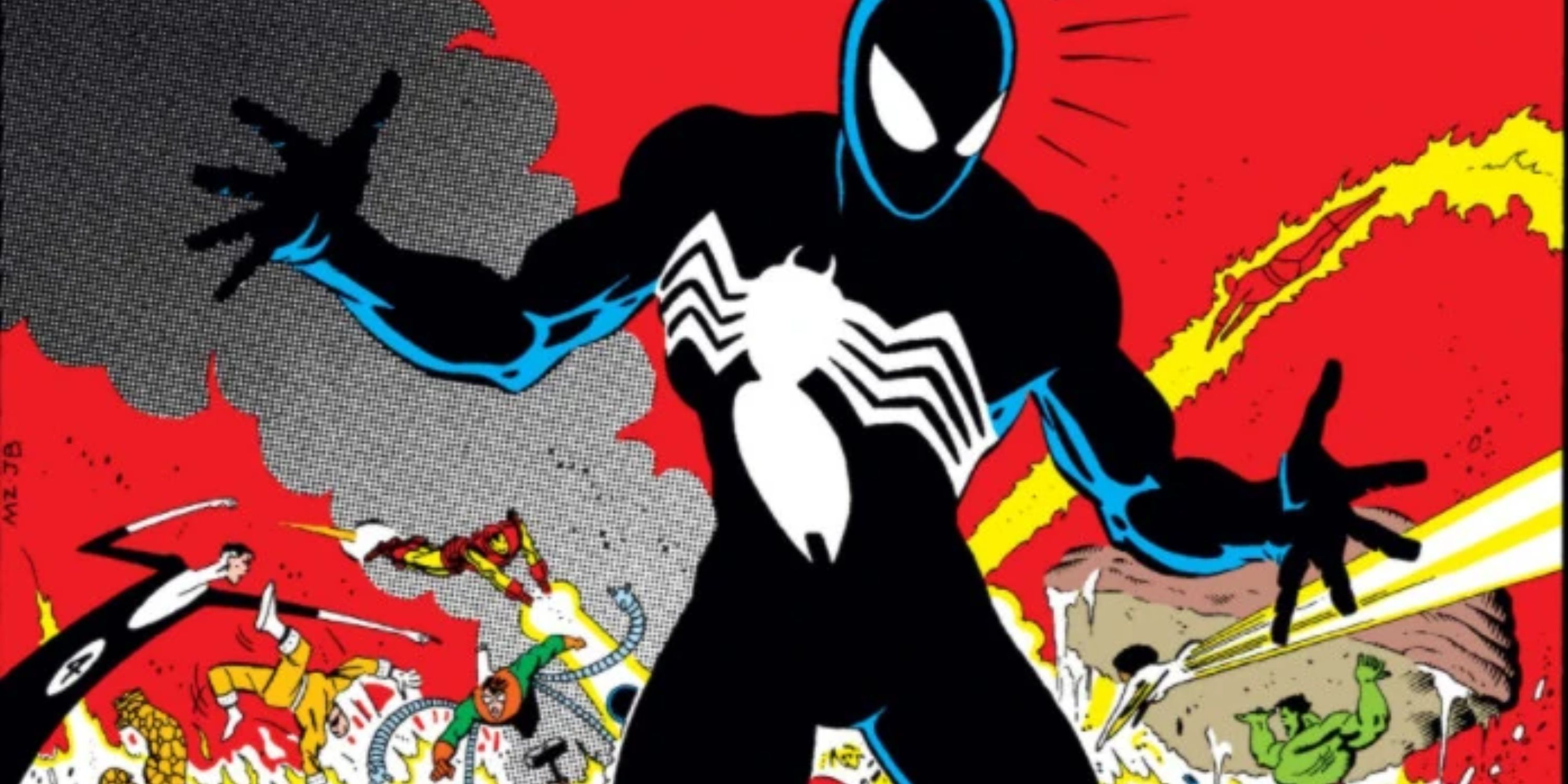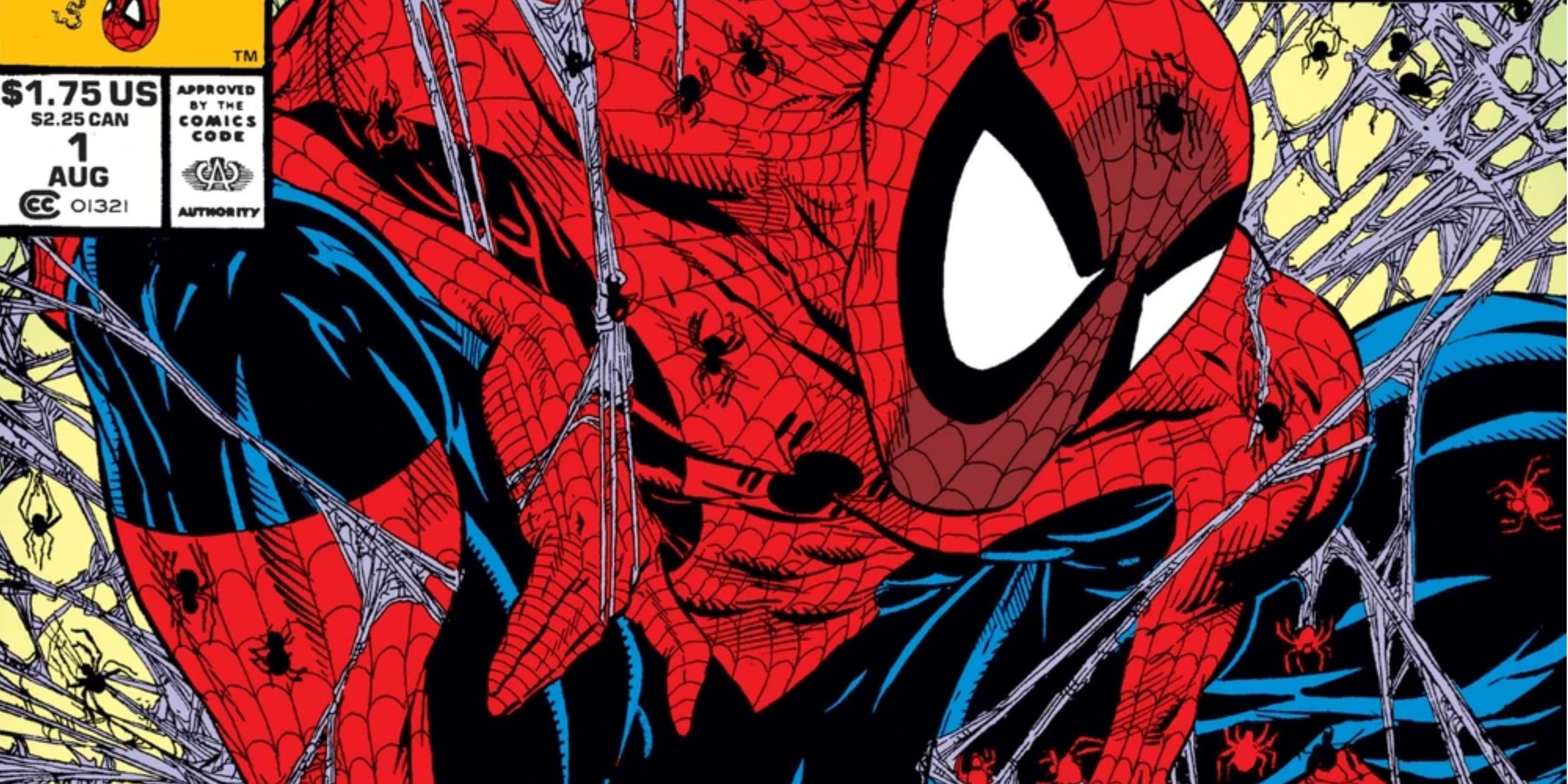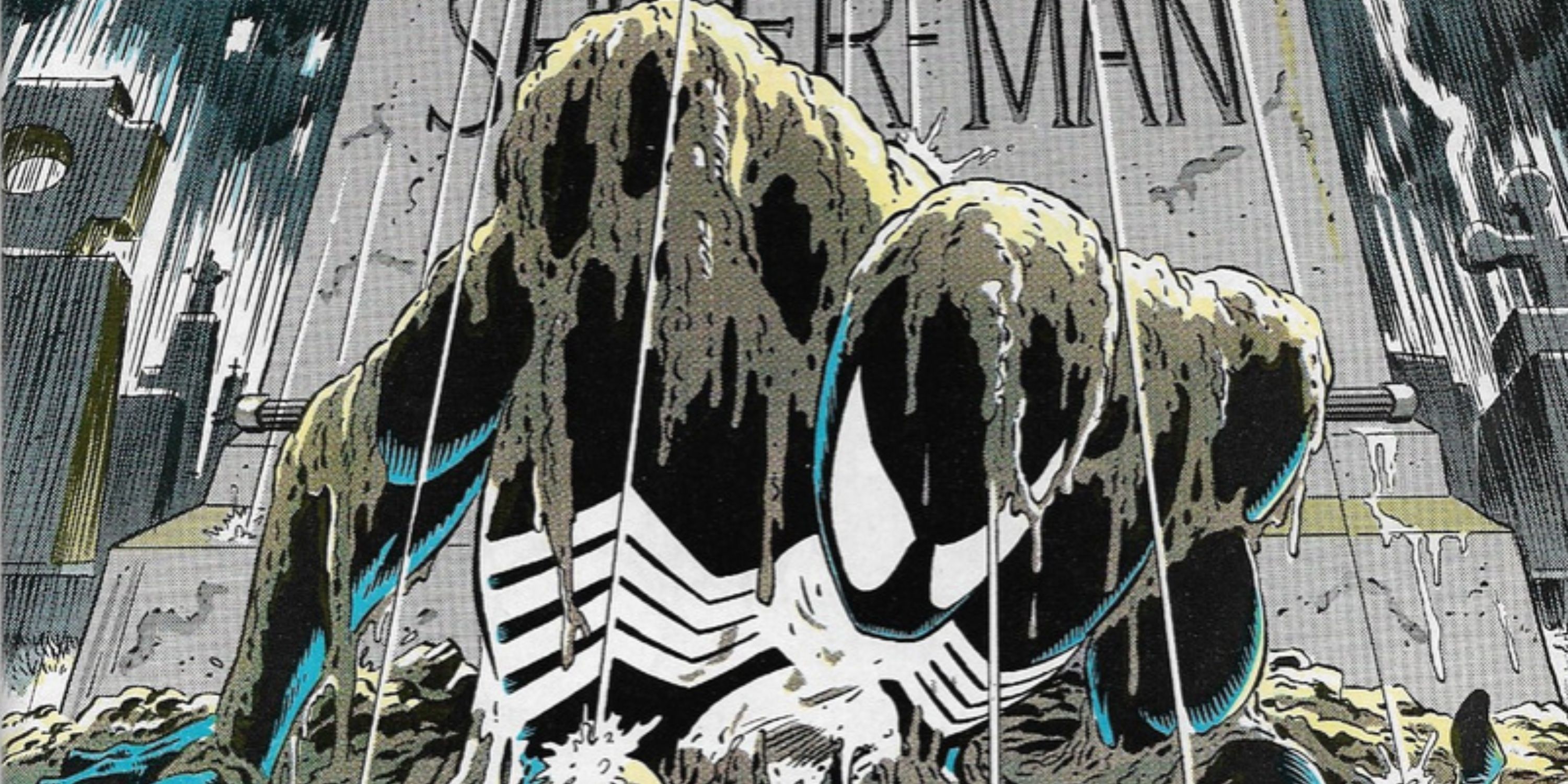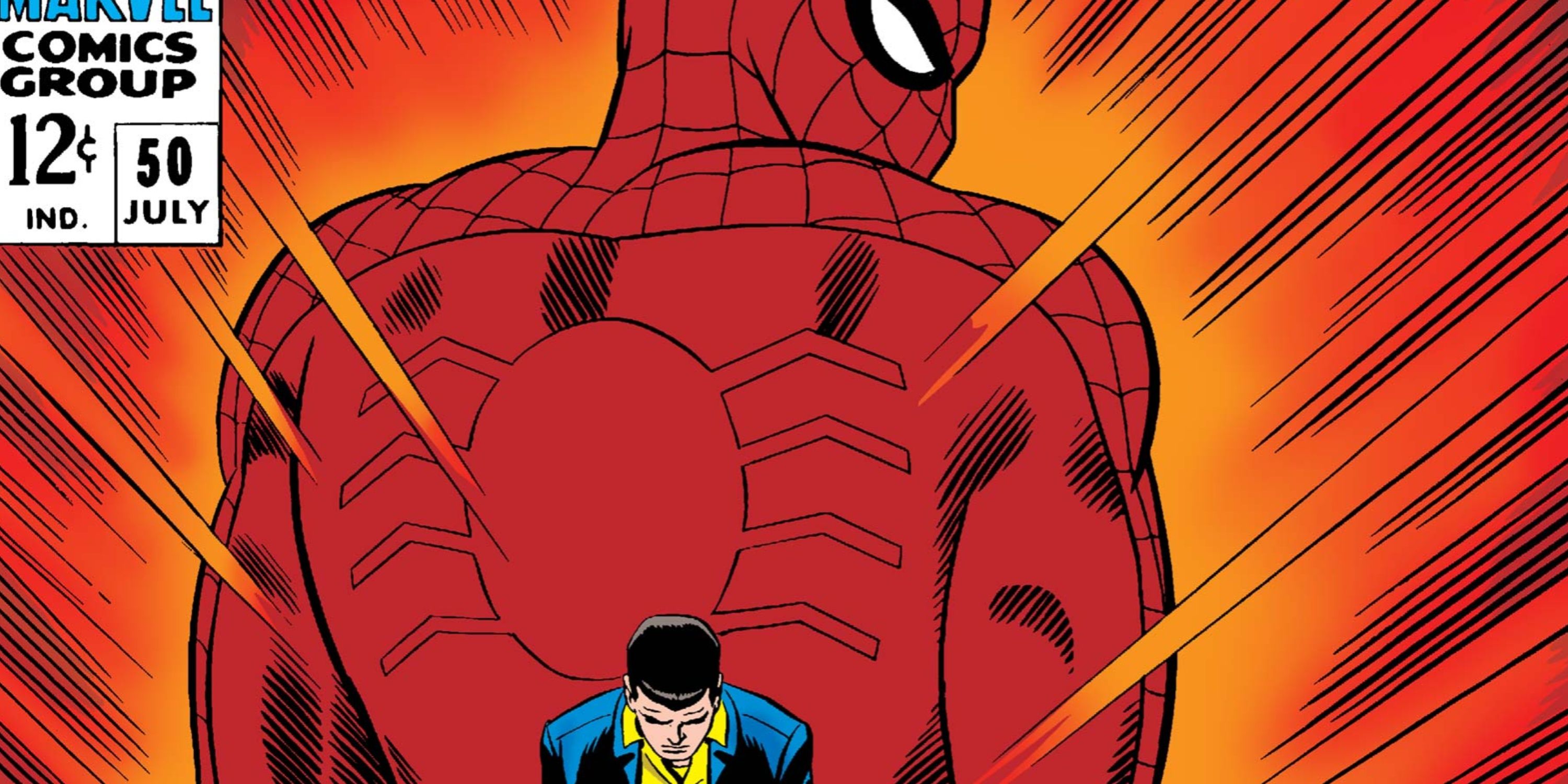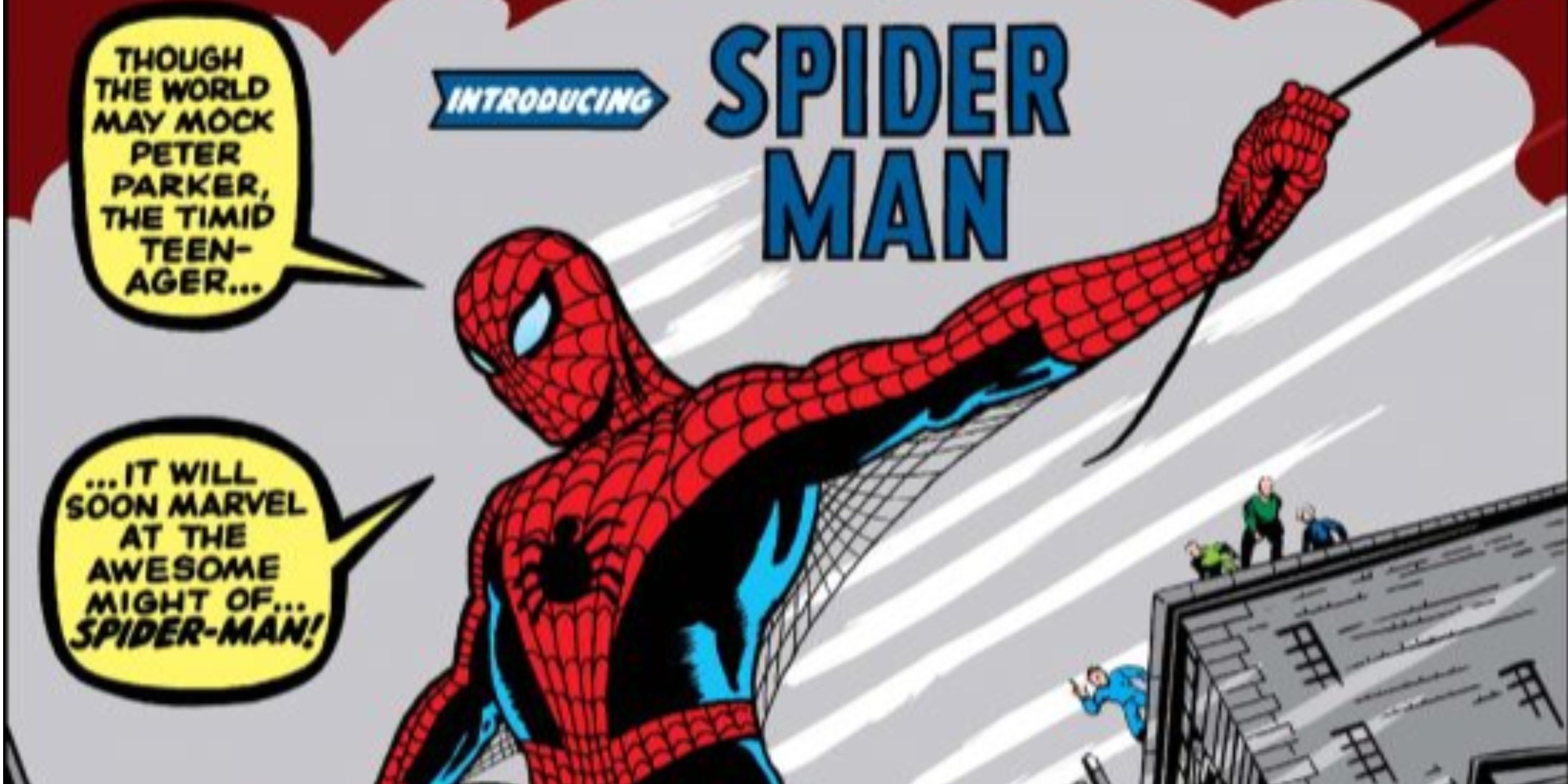Highlights
- Iconic Spider-Man comic covers captivate readers with memorable art, striking poses, and great issues.
- The best comic book covers attract audiences without giving away too much of the story.
- Spider-Man's most iconic covers introduce iconic characters, showcase tragedies, and establish relationships with other Marvel heroes.
It's hard not to judge a book by its cover, especially when comic books are so visually stunning. This can be said for Marvel's most iconic hero, Spider-Man, who has had some of the best comic covers since his introduction to comics back in 1962. Spider-Man has been seen in comics for decades, with some truly iconic covers. Whether it's memorable art, a striking pose, or a great issue, Spider-Man's best comic covers are many.
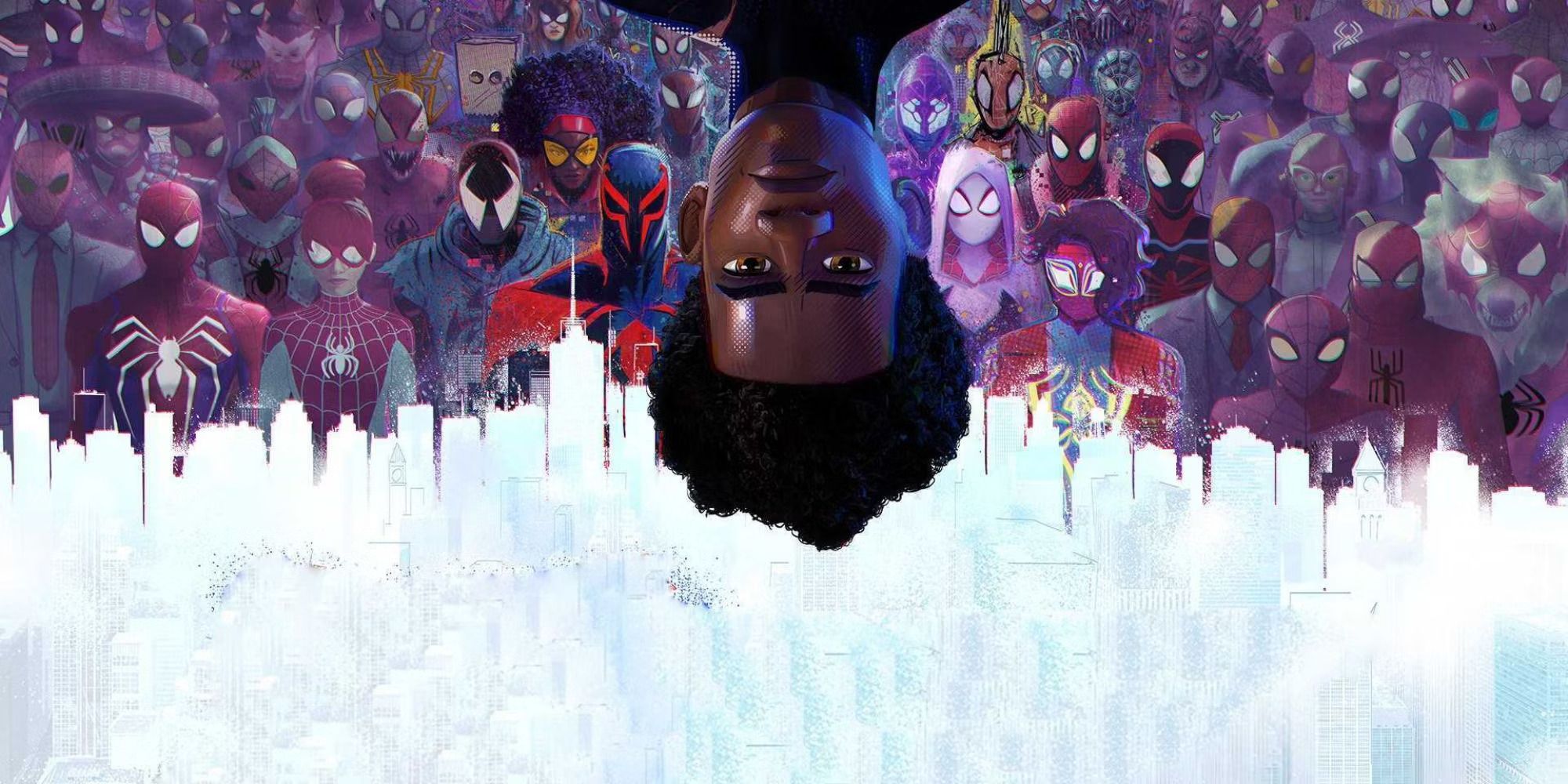
33 Strongest Multiverse Versions Of Spider-Man, Ranked
With so many versions of Spider-Man across the multiverse, fans often ask who is the strongest Spider-Man. These are the most powerful.
The best comic book cover offers just enough information about the story to attract the audience, but not too much so that it would spoil the surprise. The most iconic Spider-Man comic covers managed to do just that, and more!
8 The Amazing Spider-Man #129
Art by Gil Kane, John Romita & Gaspar Saladino
- Publish Date: October, 1973
Another iconic cover introducing yet another iconic anti-hero. The first time Frank Castle aka Punisher appeared, the readers had no idea what to expect from the sharpshooter. The cover suggests that the Punisher is the bad guy and is about to shoot Spider-Man, possibly even kill him.
Even though Punisher’s outfit would undergo changes over the years, he had a recognizable look from the start, which was yet another reason why he became a prominent character. Since the gun is hiding Punisher’s face, it’s impossible to guess what he’s thinking, which only adds to the mystery and lure of the story.
7 The Amazing Spider-Man #121
Art by John Romita Sr. & Danny Crespi
- Publish Date: June, 1973
Spider-Man has faced many tragedies in his life, starting with the death of his parents, continuing with his uncle Ben dying, and the list goes on. One of the worst things that happened to him was the death of his first love, Gwen Stacy. Of course, when Amazing Spider-Man #121 came out, no one yet knew that it would be Gwen who would meet her end soon.
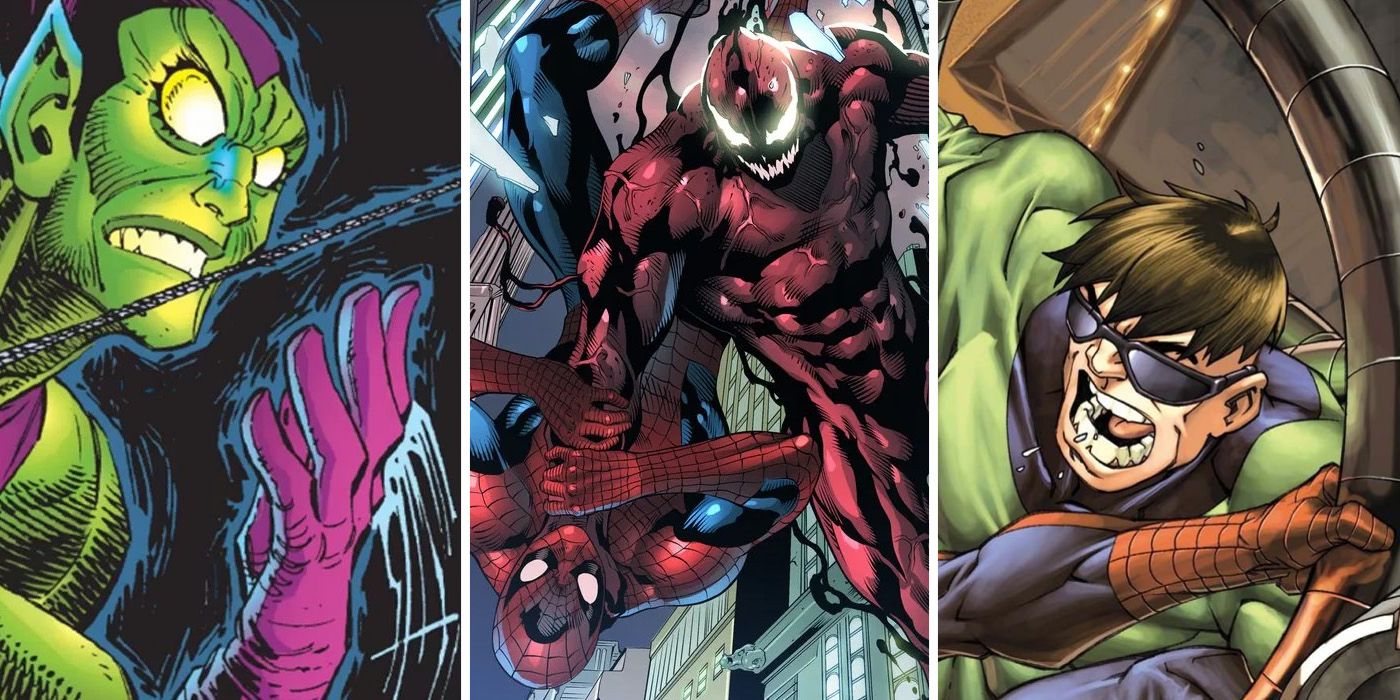
The 30 Best Spider-Man Villains of All Time, Ranked
From Kingpin to the Green Goblin, these fantastic Marvel villains have given Spider-Man plenty to think about over the years.
As the cover shows, there were many people who could have died in the Spider-Man story, including Aunt May and Mary Jane Watson, two very important women in Peter Parker’s life. The tensions were high, and the readers were eager to find out what would happen, since the title of the story, The Night Gwen Stacy Died, was only revealed later on.
6 The Amazing Spider-Man #1
Art by Jack Kirby, Steve Ditko, Stan Goldberg & Artie Simek
- Publish Date: March, 1963
Spider-Man quickly received his very own solo adventure comic series with The Amazing Spider-Man, which saw his first issue interact with the Fantastic Four, as a potential, and failed new member of the team. This groundbreaking issue stands out not only being Spider-Man's first issue in a long-standing line of solo adventures but also for featuring Marvel's first family, the Fantastic Four on the cover.
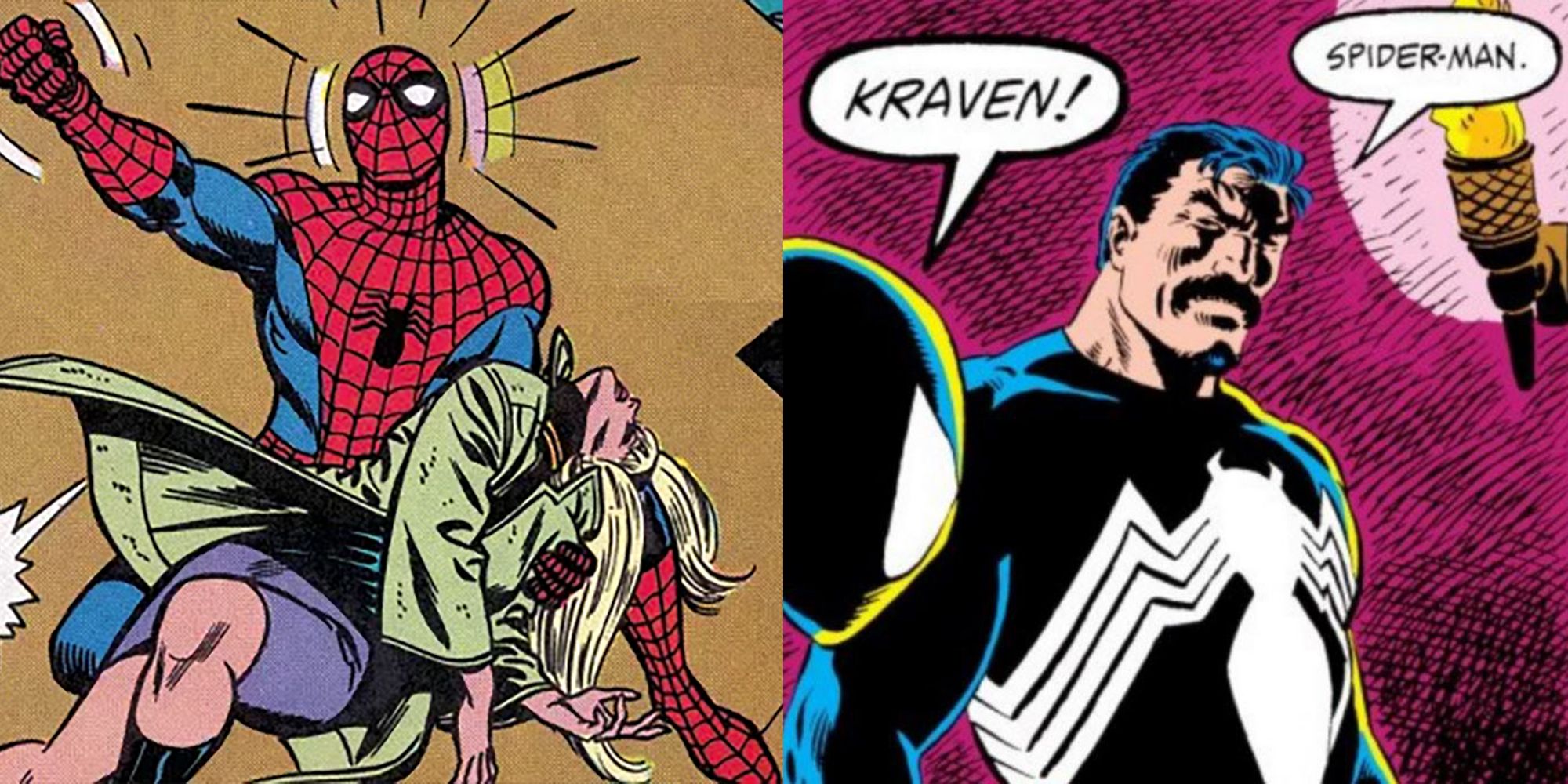
Marvel: 7 Darkest Spider-Man Storylines, Ranked
Spider-Man may be known for his quips and webs, but he's been the focus of some of Marvel's darkest comic storylines.
At the same time, it manages to characterize the Fantastic Four well, from the Thing who seems ready to throw himself at Spider-Man to the Invisible Woman who seems to prefer a warier approach. From such an early decade into Spider-Man's history, it's great to see the foundations of his relationship with the Fantastic Four.
5 Marvel Super Heroes Secret Wars #8
Art by Mike Zeck & John Beatty
- Publish Date: August, 1984
Often, the most memorable comic book covers are the ones introducing a character that would go on to become a fan favorite. This cover has a lot going on, showing Spider-Man in his brand new suit amidst the chaos of Secret Wars, with many iconic Marvel heroes and villains fighting behind him. Instead of the typical red and blue color scheme, Spider-Man wears an unusual dark suit. What could it be? This would be the introductory issue for Venom, one of the strongest Symbiotes, even if they didn't know it yet.
Peter Parker didn’t originally know what, or who, he was dealing with. He was merely enjoying the benefits the suit gave him, such as enhanced strength. When he did learn the truth and cast Venom away, it sparked the rivalry between them. Later on, Venom went on to bond with other people, and even became downright heroic at times, such as when he bonded with Flash Thompson, who used Venom’s powers for good. To this day, Venom remains one of Spider-Man’s most prominent villains and his journey started with this cover.
4 Spider-Man #1
Art by Todd McFarlane
- Publish Date: August, 1990
A brand-new saga begins for Spider-Man with his revamped look and vibe for 1990. With many heroes across Marvel and DC getting darker, it made sense for Spidey to follow, led by none other than Todd McFarlane. Going off of the cover alone, fans can see the grand expressions in McFarlane's art, from the grandiose posing of Spider-Man to the perfect blend of a background to the foreground in the tangle of webs and spiders that surround Peter.
In it's rawest form, the cover for Spider-Man #1 is, simply put, cool. There is much emotion conveyed in the lenses of Spider-Man's mask, a look of determination of intrigue, showcasing that he's not playing a game anymore. McFarlane's Spider-Man is iconic, only heightened by the fact that this was also Venom's creator.
3 Web Of Spider-Man #32
Art by Mike Zeck & Bob McLeod
- Publish Date: November, 1987
Few comic covers are as recognizable as Spider-Man rising from his own grave. From the position of the gravestone, the framing of Spider-Man, and the thundering rain crashing down from above, Web of Spider-Man #32 works in every regard for a great comic cover that perfectly conveys the mood without giving too much away for those who have not read the issue.
The issue itself has Kraven burying Spider-Man to take on the mantle and declare himself the superior in this 6-part saga. The Symbiote Suit, the ominous headstone, and the fury behind Spider-Man's posture as he rises from his own grave leave a thrilling impression.
2 The Amazing Spider-Man #50
Art by John Romita
- Publish Date: July, 1967
From the story Spider-Man No More, this issue presents one of the most iconic looks of a comic cover that has been homaged across various other comics and movies, like Sam Raimi's Spider-Man 2 (2004). The art is nothing short of exceptional, and fans expect nothing less from the late great John Romita, who remains one of the greatest Spider-Man artists of all time.
The context of the cover is also grand, as the story follows Peter Parker giving up as Spider-Man, frustrated over his burden of responsibility; he quits. The juxtaposition is of a grand scale, with Peter Parker walking away in shame, feeling small without the heroic moniker. Spider-Man has his back turned to Peter, as if ashamed that New York City has lost its hero, standing like a titan among the cover.
1 Amazing Fantasy #15
Art by Jack Kirby & Steve Ditko
- Publish Date: March, 1963
Only one Spider-Man comic book cover can be the most iconic one, and unsurprisingly, it’s the issue that Spider-Man swung into the world with back in August, 1962. The cover does a good enough job of suggesting a few key things about the new character. It not only shows that Spider-Man is a superhero, but also shows that the new hero is a teenager, unlike most of the known superheroes who came before him. Before Spider-Man, teenagers were usually sidekicks of older, more established heroes, but Spider-Man broke the mold.
Finally, the cover subtly points out the fact that, unlike other superheroes who prefer punching their enemies to oblivion, Spider-Man has a different way of dealing with them that includes using his webs and swinging around the city until he can deliver the thug right into the waiting arms of the police if needed. Jack Kirby drew the cover, and he began a Spider-Man craze that has been going on for over 60 years now.

